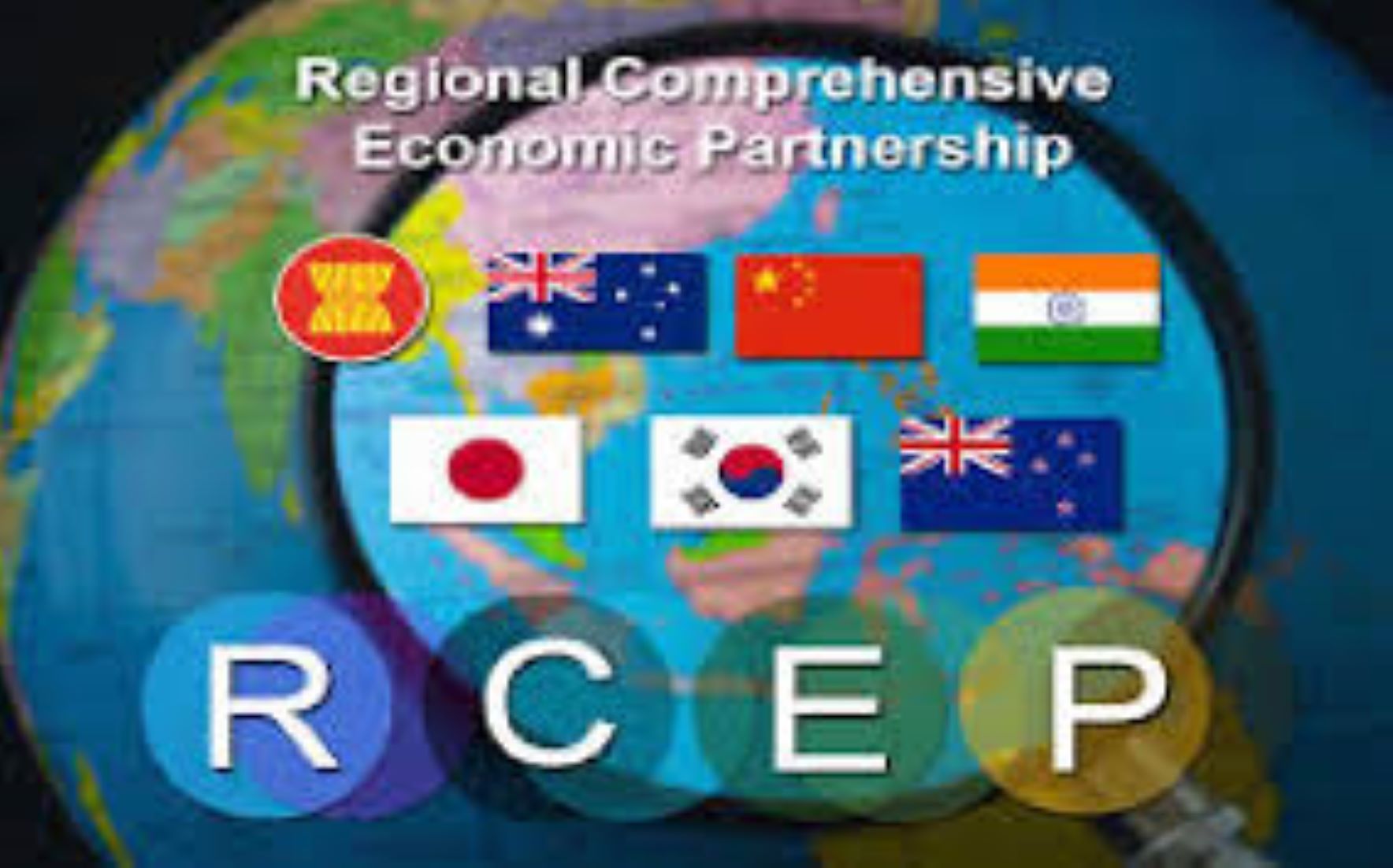KUALA LUMPUR, Aug 31 (NNN-BERNAMA) – Hosted by the China Institute for Reform and Development (CIRD), and the Belt and Road Initiative Caucus for Asia-Pacific (BRICAP), a roundtable on the utilisation rate of the Regional Comprehensive Economic Partnership (RCEP) rules was held here yesterday.
Over 50 experts and representatives of think tanks, universities, business associations, enterprises and media from both China and Malaysia attended the roundtable, focusing on improving the utilisation rate of RCEP rules and further releasing the benefits of RCEP.
Chi Fulin, head of CIRD, acknowledged that, since the official implementation of the RCEP, more than two years ago, benefits have started to be released in areas such as trade, investment, and regional value chains.
In order to fully use the rules, he proposed to fully leverage the leadership role of government departments, in the comprehensive implementation of RCEP, the role of enterprises as the main users of RCEP rules and the role of think tanks in providing intellectual support for RCEP.
In his remarks, BRICAP President, Ong Tee Keat, noted that RCEP, encompassing 15 signatory states, is one of regional significance to the economic integration in East Asia and ASEAN.
“To enhance the utilisation rate of RCEP rules, while efforts to harmonise the multiple rules are underway, views and feedback from the stakeholders across the 15 signatory states are to be sought,” he said.
According to Ong Chong Yi, executive director of the BRICAP, RCEP offers several unique advantages as compared to other regional free trade agreements, such as, its provision of a unified market access platform, a more flexible approach, allowing broader participation and ensuring that less-developed economies also benefit from regional integration.
He also calls for simplifying the Certificate of Origin application process, accelerating infrastructure and digital platform development, and promoting regional cooperation and business networking to fully leverage RCEP.– NNN-BERNAMA






